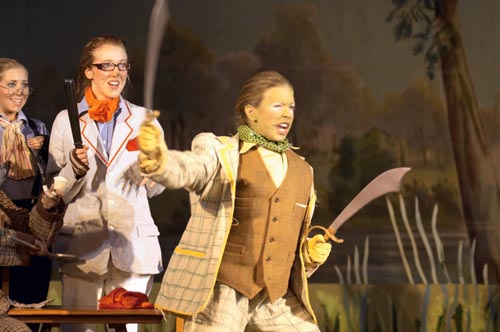
“Pour perdre notre culture est de perdre notre mémoire.”
More Leonardo da Vincis, plus Martha Graham, Demain de Ludwig van Beethoven, Luciano plus Pavarottis, plus Marlon Brandos, Antoni Gaudi plus, plus Coco Chanel, Bob Dylan plus, Zhang plus Xiaogangs, William Shakespeare plus, Julia Margaret Cameron plus, plus Gustav Vigelands, Andrew Lloyd Webber plus, Francis Ford Coppola plus, plus Meryl Streeps, plus de Alice In Wonderlands, plus Anna Pavlovas, plus de Michael Jackson, plus Vincent van Gogh, Harry Potters plus, plus Phil Knights, Rabindranath Tagore plus, Pablo Picasso plus, John Steinbeck plus… Please Sir – Pouvons-nous avoir un peu plus? Sir Ken Robinson, PhD, is one of the internationally recognized leaders in the development of education creativity and innovation. He has received numerous honorary degrees from universities, et de nombreux prix d'organisations culturelles et les gouvernements, dans le monde entier. Il a été anobli en 2003 by Queen Elizabeth II for services to the Arts. He has advised governments in Europe, Asia and North America on the Arts. Dans 2005 he was named one of Time/Fortune/CNN’s Principal Voices. His book, L'élément: Comment trouver votre Passion change tout, est un best-seller du New York Times et a été traduit en 21 langues. His latest book is the 10th anniversary edition of his classic work on creativity and innovation, Out of Our Minds: Learning to be Creative.
Sir Ken, Que croyez-vous un programme d'arts devrait ressembler dans l'enseignement scolaire primaire et secondaire?
Je crois que les arts devraient être sur un pied d'égalité dans les écoles avec les sciences, sciences humaines, languages and physical education. In most school systems there is a hierarchy. Arts programs are being cut ruthlessly since “No Child Left Behind” came out ten years ago. In the UK, ils parlent encore de fondation matières de base, i.e. Anglais, Math, and Science. In most countries the arts are a second tier activity. My first point is that the arts must be given equal footing. That’s what we argued in Les arts dans les écoles, le livre que je ai publié dans 1982. There’s a need for a balance in arts education in several respects. One of them is that a proper arts curriculum would provide for music, danse, arts visuels, la littérature et le théâtre. Quand nous avons fait Les arts dans les écoles projet, I made a point of not trying to define the arts in any form. The reason for this was that the arts are a vibrant set of disciplines, et quand vous allez dans différentes cultures, ils ne pensent pas à y être 4 ou 5 different art forms. Par exemple, pour un public de regarder un spectacle de danse, ce est une forme d'art visuel; si vous regardez le théâtre musical, ce est une combinaison de différentes disciplines: jeu, dansant, musique. So even defining 5 ou 6 différentes formes d'art peuvent devenir problématique. Deuxièmement, I think there should be a balance within the teaching of the arts. I ran a large project in the UK in the 80’s called the “Les Arts 5-16” in which we offered a clear framework for arts education. There should be a balance between actually doing the arts and secondly, engaging students in understanding other people’s work. En d'autres termes, making and appraising. In some schools you will find that there is a greater emphasis on the latter, i.e. appraising. Students read books or listen to music, but they’re not encouraged to create it themselves. In other schools, vous trouverez le contraire, i.e. students doing their own work and never looking at anybody else’s. A balanced arts education has to include both. Sous chacun de ces domaines de la création et l'évaluation, we have to teach that creating arts is a discipline based process. It is not just free form. You must learn the skills and techniques of any area but they have to be taught in a way that enables you to think differently and imaginatively. There are forms of teaching that are highly uncreative and where the emphasis on discipline can kill the passion to make art. So there has to be a direct relationship between learning the skills involved and having the freedom to use them and to think creatively through them. The balance is about technical and creative development. In terms of appraising other people’s work, arts education should include a balance between contextual knowledge and critical judgment. A full appreciation of a work includes understanding something of the history and context in which it was produced. Par exemple, some people look at modern art and think it’s nonsense and that’s often because they don’t understand the context in which it was produced or what the artists’ intentions were. It’s like looking at a page of Romanian if you don’t speak it. So an important part of arts education is helping people understand context, arrière-plan, and cultural references. The second process is developing skills of critical judgment. In the end you can understand a piece of art in the context and the background to it and still not like it. Enabling students to formulate, express and defend their own aesthetic and critical judgment of the arts is an essential element of a properly balanced arts education in any discipline.
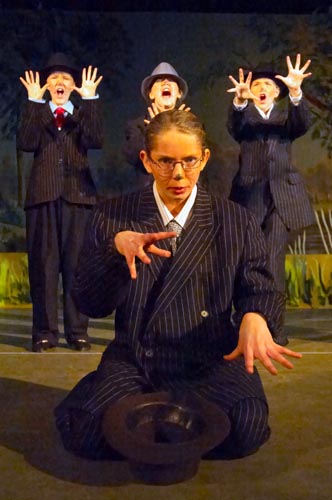
Can student performance in the arts be assessed?
It is absolutely possible to assess people’s work in the arts. I’ve worked with arts academies and with conservatoires in music and visual arts; with specialist arts teachers in school who are assessing students all of the time. Assessment requires that you understand what you are looking at and for and that you are clear about the criteria that you are applying. Par exemple, when a six or seven year old produces a drawing, an art teacher needs to have a frame of reference for what’s normal for a child that age. Part of that is the creative content of the work. But what you would also be looking for are the graphic capabilities and the level of execution. The same is true if you are looking at children who work in dance or theater. There are multiple levels at which you make judgments. Part of the problem in schools is that the arts are not taught regularly or systematically, and too often they are not taught by people who have had a proper grounding in the disciplines. Another problem is that in this country there is a culture of standardized testing based on right or wrong types of answers. Cependant, if you are looking at someone’s paintings, reading their poetry, or listening to music, then you are focusing on a whole array of factors. We have a tendency to make the measurable important versus the important measurable. The arts are about textures of meaning and understanding, and qualities of perception and expression. This does not mean that they cannot be assessed, but it is difficult to reduce them to simple paper and pencil tests. Our education systems are obsessed with a particular type of academic ability, and that is a rather narrow view of knowledge and what it means to be intelligent. For all kinds of cultural and historical reasons, the arts have not been seen as being a part of that view. Dans mon livre, Out of Our Minds: Learning to be Creative, I tried to explain why the arts are marginalized. It’s partly for economic reasons. People believe that if you do the arts you simply won’t get a job. The other part is the restrictive culture of intelligence in schools that I just mentioned.
We’ve covered teaching the arts as separate and interdisciplinary forms. Can the arts also be integrated into other academic subject areas to enhance learning?
I don’t think “sujets” is a very good term. “Subjects” implies an area that is defined by its content. Mathematics isn’t a subject to be studied as much as a set of disciplines to be practiced. En d'autres termes, you do mathematics, you do not just study it. The same is true of sciences such as chemistry and physics. Music is exactly the same. It is a set of disciplines. There are physical skills, hand eye coordination, aesthetic sensibilities, ideas you need to absorb. So I think “disciplines” is a better term than “sujets” because it captures the concept of practice as well as of ideas. The other thing I like about “disciplines” is that it opens up the idea of inter-disciplinary. There is a lot in common between the arts and the sciences. In my conception of a great school, there would be all these disciplines represented and there would be a lot of traffic between them. I’ve been working on this idea with schools for over 40 ans. Science being taught through music. Music being taught through history. If you want to understand the time and sensibilities of other periods or other cultures, you need to listen to their music. The more dynamic and collaborative we are in our approaches to teaching, the more likely we are to deepen our understanding of ourselves and of other times as well. Part of our problem is that we have constructed education systems that are like production lines. There is a big separation in our schooling systems between the arts and the sciences. They are taught by different people in different rooms at different times of the day. One example I give of the consequences is from the Natural History Museum. If you visit the insect rooms, you’ll find wonderful displays of butterflies, all arranged in glass cases on the walls. They’re dead, but beautifully arranged by classification, i.e. size, couleur, etc. In the room next to them you’ll find the beetles. In another room you’ll find the spiders. Mais, if you go out into the world, that is not how you see them. You do not see the butterflies keeping to themselves over in one corner or the spiders lined up in columns keeping their distance. Dans la nature, they are interacting with each other. It’s the same in human cultures. They evolve by ideas from different disciplines affecting each other. They flow into each other and inspire people to think differently in their own fields. Les écoles peuvent étouffer cette interaction créative en classant les sujets trop serré et de les garder trop fermement dans des boîtes séparées.
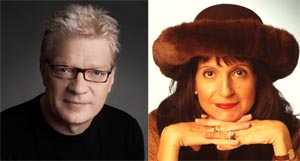

Dans La recherche globale pour l'éducation, rejoindre C. M. Rubin et leaders d'opinion de renommée mondiale dont Sir Michael Barber (Royaume-Uni), Dr. Leon Botstein (États-Unis), Dr. Linda Darling-Hammond (États-Unis), Dr. Madhav Chavan (Inde), Le professeur Michael Fullan (Canada), Professeur Howard Gardner (États-Unis), Professeur Yvonne Hellman (Pays-Bas), Professeur Kristin Helstad (Norvège), Professeur Rose Hipkins (Nouvelle-Zélande), Professeur Cornelia Hoogland (Canada), Mme. Chantal Kaufmann (Belgique), Professor Dominique Lafontaine (Belgique), Professeur Hugh Lauder (Royaume-Uni), Professeur Ben Levin (Canada), Professeur Barry McGaw (Australie), Professeur R. Natarajan (Inde), Sridhar Rajagopalan (Inde), Sir Ken Robinson (Royaume-Uni), Professeur Pasi Sahlberg (Finlande), Andreas Schleicher (PISA, OCDE), Dr. David Shaffer (États-Unis), Dr. Kirsten immersive, (Norvège), Chancelier Stephen Spahn (États-Unis), Yves Thézé (Lycee Francais US), Professeur Charles Ungerleider (Canada), Professeur Tony Wagner (États-Unis), Professeur Dylan Wiliam (Royaume-Uni), Professeur Theo Wubbels (Pays-Bas), Professeur Michael Young (Royaume-Uni), et le professeur Zhang Minxuan (Chine) alors qu'ils explorent les grandes questions d'éducation de l'image que toutes les nations doivent faire face aujourd'hui. La recherche globale pour l'éducation communautaire page
C. M. Rubin est l'auteur de deux séries en ligne largement lecture pour lequel elle a reçu une 2011 Upton Sinclair prix, "Le Global Search pour l'éducation» et «Comment allons-nous savoir?"Elle est également l'auteur de trois livres à succès, Y compris The Real Alice au pays des merveilles.

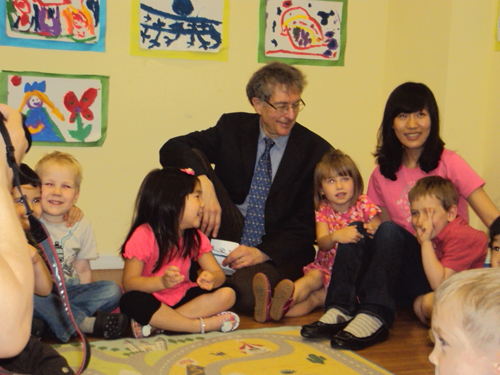
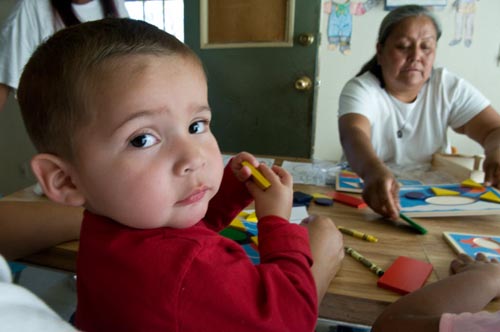
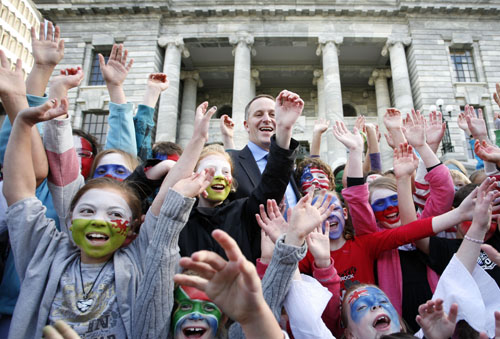
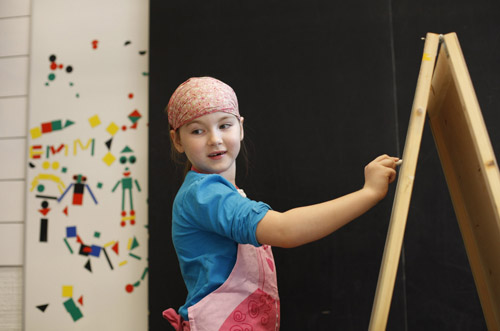
Commentaires récents